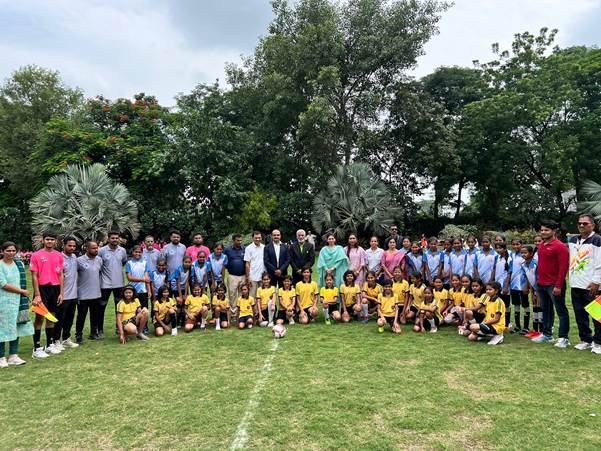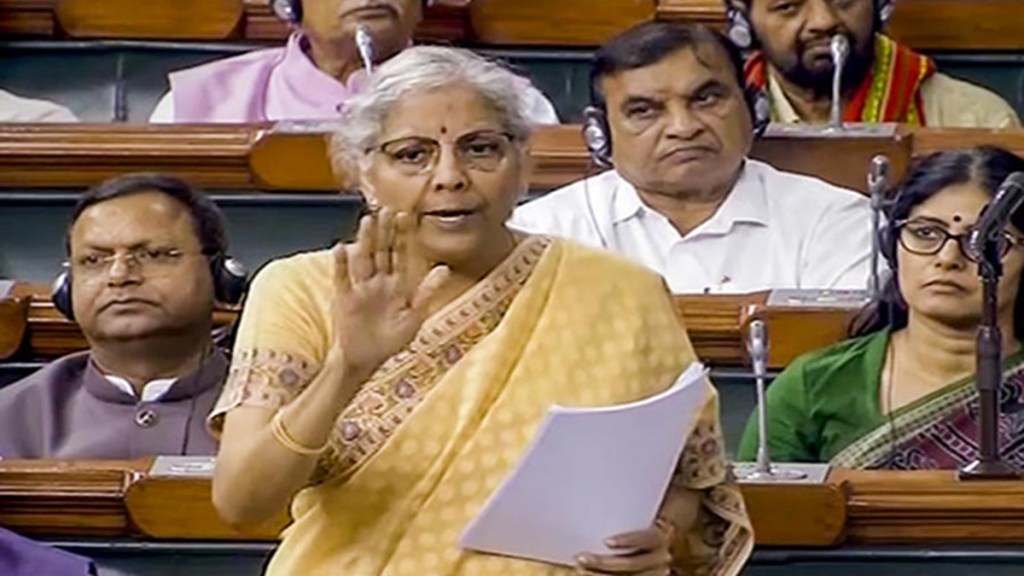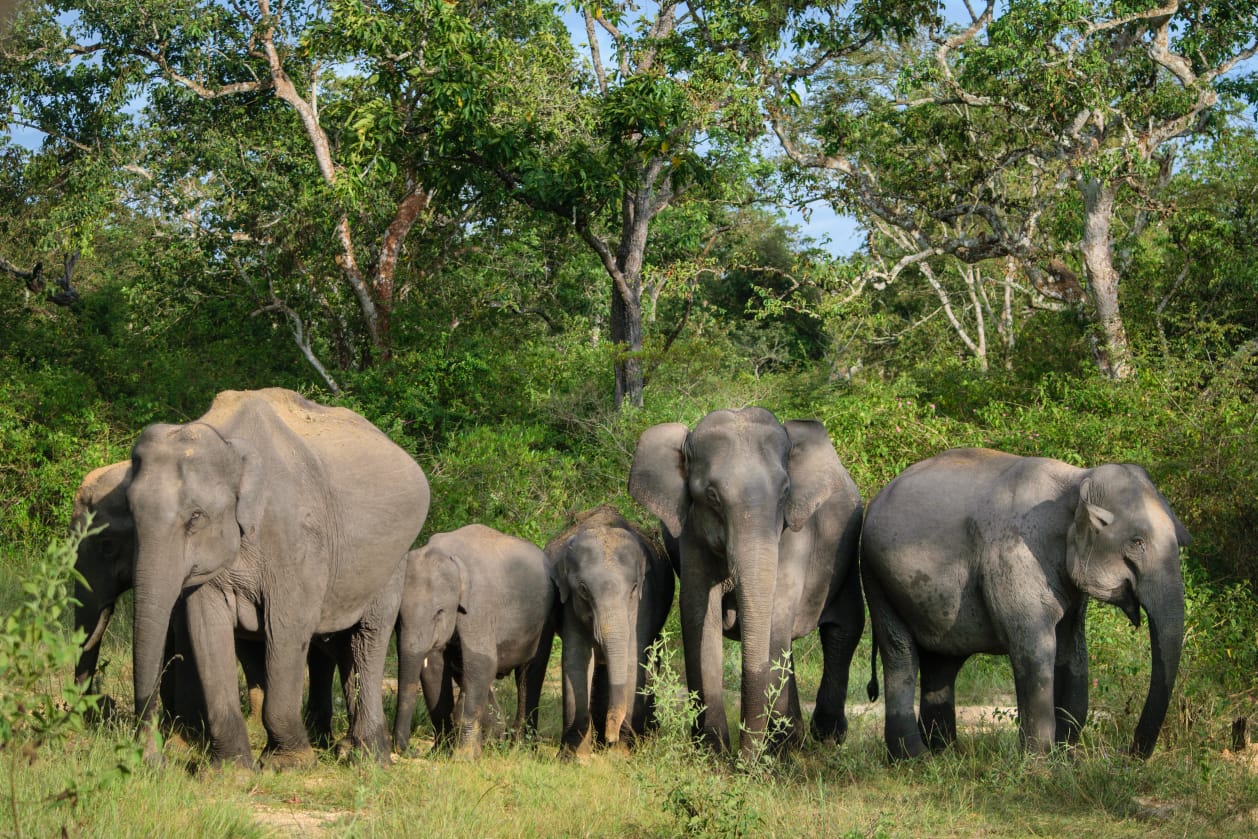Khelo India ASMITA

- 13 Aug 2025
In News:
The Khelo India ASMITA Football League 2025-26 was inaugurated in Jalgaon, Maharashtra, by the Minister of State for Youth Affairs & Sports, Raksha Khadse. The initiative is a key step in promoting gender-inclusive sports participation and empowering women athletes at the grassroots level.
About ASMITA
- Full form: Achieving Sports Milestone by Inspiring Women Through Action (ASMITA).
- Launched: 2021, under Khelo India.
- Nodal Ministry: Ministry of Youth Affairs and Sports.
- Support: Sports Authority of India (SAI), National Sports Federations, AIFF, WIFA, and other stakeholders.
- Component of: Khelo Bharat Niti – promoting sports as a tool for nation-building and empowerment.
Objectives
- Affirmative action to increase women’s participation in sports.
- Provide grassroots platforms for talent discovery, especially among tribal and minority communities.
- Create opportunities for young girls, addressing historical imbalances in sports.
- Help women challenge stereotypes and emerge as role models.
Key Features
- Inclusive Participation: From first-time players to hidden talent, ensuring wide outreach.
- Talent Identification: Leagues used as scouting grounds for future athletes.
- Scale: In FY 2025-26, 852 leagues are planned across 15 sports disciplines, targeting 70,000+ women athletes in all States/UTs.
- Age Focus: Leagues cover multiple categories, including U-13 and above.
- Institutional Backing: Supported by SAI and National Sports Federations to ensure professional management.
Significance
- Promotes women’s empowerment through sports.
- Strengthens grassroots sports ecosystem.
- Contributes to India’s vision of becoming a global sporting powerhouse with equal female participation.
- Aligns with the government’s philosophy of “Sabka Saath, Sabka Vikas.”
Revised Income Tax Bill, 2025

- 13 Aug 2025
In News:
The Income Tax (No. 2) Bill, 2025 was passed in the Lok Sabha in August 2025, replacing the Income Tax Act, 1961 after nearly six decades. The earlier draft of the Bill was withdrawn to incorporate recommendations of the Parliamentary Select Committee and stakeholder feedback. The revised Bill consolidates, simplifies, and modernises India’s direct tax framework.
Background
- Old Act (1961): Complex language, overlapping provisions, and compliance burden.
- New Bill (2025):
- Contains 536 sections and 16 schedules.
- Incorporates over 285 recommendations of the Select Committee, which examined the draft for four months and submitted a 4,500-page report.
- Aims to make the law simpler, clearer, and more aligned with the digital era.
Key Features
- Simplification of Tax Framework
- Single “Tax Year” concept replaces “Previous Year” and “Assessment Year”.
- Outdated and contradictory provisions removed to reduce litigation.
- Clear drafting, structured numbering, and improved terminology for easier interpretation.
- Taxpayer-Friendly Provisions
- Refunds allowed even if returns are filed after the due date.
- NIL-TDS certificates available for taxpayers with no liability.
- Relief on vacant house property – no taxation on notional rent.
- 30% standard deduction (post municipal tax) and interest deduction allowed on rented property.
- Corporate and MSME Reforms
- ?80M deduction on inter-corporate dividends reintroduced.
- MSME definition aligned with the MSME Act for uniformity.
- Institutional & Governance Reforms
- CBDT empowered for flexible, digital-era rule-making.
- Simplified compliance for TDS, PF withdrawals, advance rulings, and penalties.
- Relief to Specific Sectors
- Alternate Minimum Tax (AMT) on LLPs abolished.
- Charitable Trusts – compliance relaxations and reduced regulatory burden.
- Transfer Pricing & Associated Enterprise definitions rationalised.
- Extension of pension benefits – commuted pension deduction available even for non-employee individuals.
World Elephant Day 2025

- 13 Aug 2025
In News:
World Elephant Day 2025 was celebrated on August 12 in Coimbatore, Tamil Nadu, organised by the Ministry of Environment, Forest and Climate Change (MoEF&CC) in collaboration with the Tamil Nadu Forest Department. The event focused on human–elephant conflict (HEC) mitigation and reaffirmed global commitment to elephant conservation.
About World Elephant Day
- Launched in 2012 by Patricia Sims (Canada) and the Elephant Reintroduction Foundation of Thailand.
- Aims to promote conservation of elephants, raise awareness on threats like habitat loss, poaching, and HEC, and encourage human–elephant coexistence.
Elephants in India
- India holds 60% of the global wild elephant population.
- 33 Elephant Reserves and 150 Elephant Corridors (as per 2023 Report).
- Elephants are recognised as National Heritage Animal of India.
- Legal and institutional backing provided through Project Elephant (1992), Wildlife Protection Act, and corridor conservation measures.
Human–Elephant Conflict (HEC)
- Rising incidents of elephants entering human settlements due to habitat loss, fragmentation, and search for food/water.
- The Coimbatore workshop under World Elephant Day 2025 brought together policymakers, foresters, conservationists, and civil society to share best practices.
- Measures discussed: habitat management, corridor maintenance, awareness campaigns, and capacity building in high-conflict areas.
- Focus on balancing wildlife conservation with human safety through community participation and scientific approaches.
Public Participation
- 12 lakh students from 5,000 schools across India joined awareness programmes.
- Citizen outreach emphasised coexistence, youth engagement, and long-term behavioural change in society.
Conservation Status (IUCN Red List)
- Asian Elephant (Elephas maximus): Endangered.
- African Savanna Elephant (Loxodonta africana): Endangered.
- African Forest Elephant (Loxodonta cyclotis): Critically Endangered.
Ecological Importance of Elephants
- Keystone species: maintain grasslands, disperse seeds, create water holes, and support biodiversity.
- Social structure: Matriarch-led herds with strong communal care for calves; males often solitary or in small groups.
- Long gestation (22 months) and slow reproduction make them vulnerable to population decline.
Jal Jeevan Mission (JJM)

- 13 Aug 2025
In News:
The Jal Jeevan Mission (JJM), launched in August 2019, aims to provide Functional Household Tap Connections (FHTCs) to every rural household, ensuring safe, adequate, and regular potable water supply. At the time of its launch, only 17% of rural households (3.23 crore) had tap water access. As of 14 August 2025, this has increased to 81% coverage (15.68 crore households) out of a total 19.36 crore rural households, with over 12.45 crore additional connections provided.
Institutional Framework
- State Subject: Drinking water supply is primarily the responsibility of States/UTs, while the Centre provides technical and financial support.
- Funding: An initial outlay of ?2,08,652 crore was approved; the scheme has now been extended until 2028 with enhanced allocation for completing pending works and strengthening Operation & Maintenance (O&M).
- Citizen Participation: The 2025 Budget emphasized “Jan Bhagidari” for sustainable and community-centric water service delivery.
Quality Standards and Monitoring
- Benchmark: Water quality is mandated to comply with BIS:10500 standards, which specify acceptable and permissible limits for chemical, physical, and bacteriological parameters.
- Testing: In December 2024, the government released a Concise Handbook for States/UTs, recommending comprehensive testing at multiple points—source, treatment plant, storage, and distribution.
- Remedial Actions: Include regular cleaning of overhead tanks and corrective measures in case of contamination.
- Transparency Tools:
- JJM Dashboard “Citizen Corner” displays village-level water test results.
- Complaints can be filed via CPGRAMS (pgportal.gov.in) and the Department’s website (jalshakti-ddws.gov.in).
- Aadhaar-linked monitoring, geo-tagging, IoT sensors, and third-party inspections are employed for real-time tracking.
Significance
- Public Health: Ensures safe drinking water, reducing the burden of waterborne diseases.
- Gender Empowerment: Frees women and girls from time-consuming water collection, enabling better education and livelihoods.
- Rural Development: Improves quality of life, reduces drudgery, and enhances rural productivity.
- Sustainability: Integrates with groundwater management initiatives like the Atal Bhujal Yojana, promoting long-term water security.
Current Status (2025)
- Coverage: 81% rural households have tap water supply.
- Target: Universal coverage by 2028 with a focus on infrastructure quality, O&M, and sustainable, citizen-driven service delivery.
Supreme Court orders immediate removal of stray dogs from Delhi-NCR streets
- 13 Aug 2025
In News:
The Supreme Court of India has directed the immediate removal of all free-ranging dogs from Delhi, Noida, Gurugram, and Ghaziabad. The Court emphasized permanent relocation of these animals to shelters, citing rising incidents of rabies and dog bites, particularly affecting children and vulnerable groups.
Key Features of the Order
- Complete Removal: All stray dogs are to be captured to ensure “stray-free” streets in urban and peri-urban areas.
- No-Release Policy: Unlike the earlier Animal Birth Control (ABC) approach, captured dogs will not be returned to their original localities but retained in shelters.
- Shelter Infrastructure: Authorities must build facilities capable of housing at least 5,000 dogs within eight weeks, prioritizing high-risk localities.
- Emergency Response: A 24×7 helpline with a four-hour response time is mandated to tackle bite incidents.
- Strict Compliance: Interference with the process will attract contempt of court, ensuring accountability.
Rationale Behind the Order
- Public Health Priority: With nearly 5,700 rabies-related deaths annually (95% from dog bites), the order seeks to directly curb a preventable disease.
- Protection of Vulnerable Groups: Children and the elderly face higher risks due to limited self-defence capacity.
- Policy Ineffectiveness: The sterilisation-centric ABC model has not adequately addressed aggressive or rabies-carrying dogs.
- Constitutional Angle: By invoking Article 21 (Right to Life and Liberty), the Court underlined safe mobility and freedom from fear in public spaces.
- Permanent Reform: A structural shift from temporary containment to long-term removal from public areas.
Arguments in Favour
- Public Safety: A direct life-saving intervention against rabies deaths.
- Constitutional Backing: Strengthens the right to security under Article 21.
- Urban Governance: Integrates sanitation and safety into city management.
- Accountability: Surveillance and records ensure transparency in enforcement.
- Policy Gaps Addressed: Closes loopholes of the ABC model by ending return-to-locality practices.
Concerns and Counter-Arguments
- Legal Conflict: The directive may clash with existing ABC Rules framed under the Prevention of Cruelty to Animals Act.
- Animal Welfare: Overcrowded shelters risk inhumane conditions, raising ethical concerns.
- Ecological Impact: Sudden removal could disrupt rodent control and waste management functions performed by strays.
- Risk of Abuse: Lack of monitoring might lead to covert culling under the guise of relocation.
- Rights-Based Critique: May be seen as undermining the intrinsic rights of animals and compassion-based governance.
Way Forward
- Humane Shelter Models: Ensure adequate space, veterinary care, and nutrition.
- Mass Vaccination Drives: Combine removal with preventive health measures to eradicate rabies.
- Adoption and Community Participation: Promote responsible adoption under strict guidelines.
- Policy Harmonisation: Amend ABC Rules to align with SC directions and resolve legal inconsistencies.
- Awareness and Behavioural Change: Community-level campaigns on rabies prevention and civic responsibility.
Conclusion
The Supreme Court’s intervention highlights the tension between public health imperatives and animal welfare ethics. While it seeks to secure citizens’ right to safe public spaces, it also raises concerns of legality, humane treatment, and ecological balance. Going forward, the challenge lies in striking a balance between constitutional morality (right to life) and compassion ethics (animal welfare) through coherent policy design and ethical urban governance.
